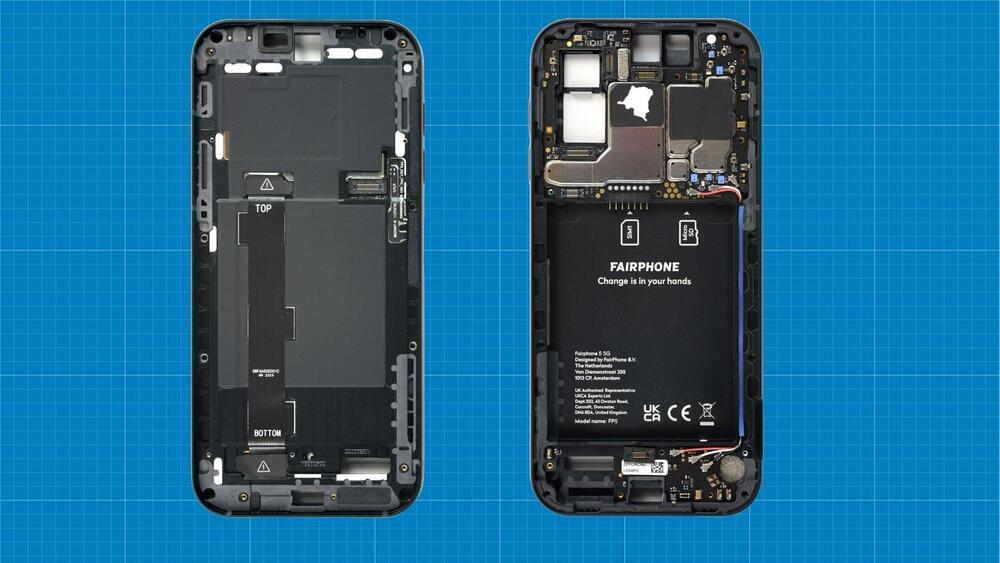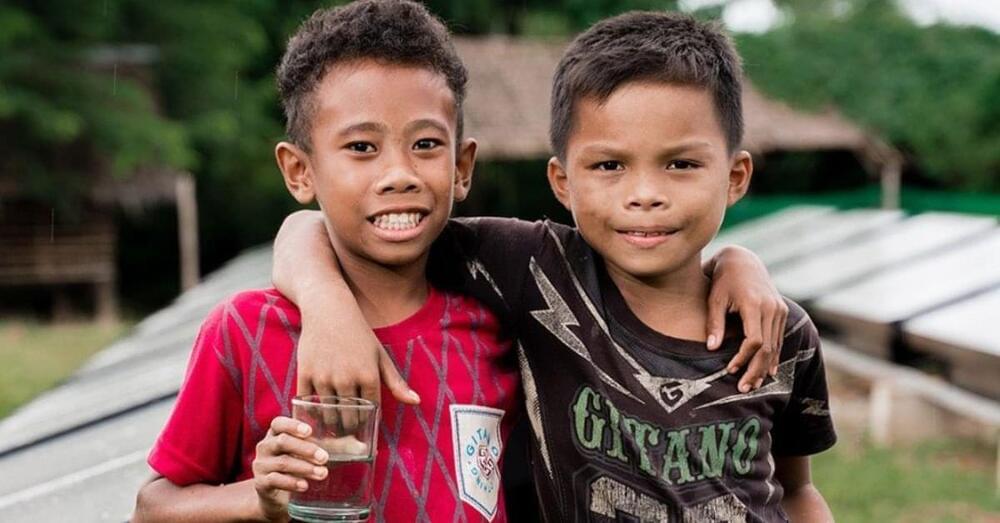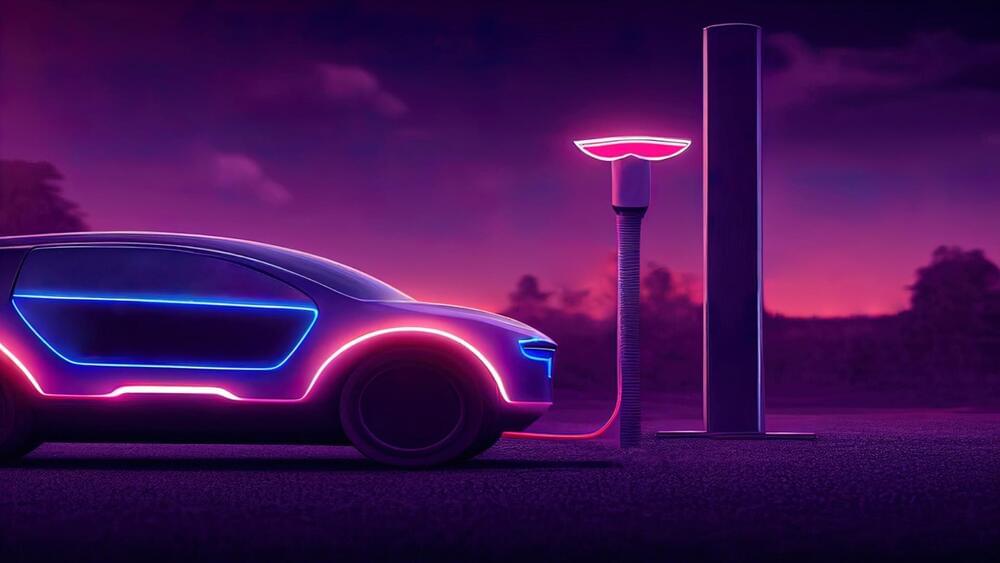Sandy talks Cybertruck with 5 Tesla Execs! Lars Moravy: Head of Vehicle Engineering Franz von Holzhausen: Head of Design Drew Baglino: Head of Powertrain (battery + motors) and Energy Pete Bannon: Head of Low Voltage David Lau: Head of Software Munro Live is a YouTube channel that features Sandy Munro and other engineers from Munro & Associates.
Category: sustainability – Page 183

Power Play: How Electrochemistry Is Winning the Green Game
New research on electrochemical reactions highlights the critical role of electrolyte ions, aiding in the advancement of sustainable energy technologies.
Electrochemical reactions are central to the green transition. These reactions use the electric current and potential difference to carry out chemical reactions, which enables binding and realizing electric energy from chemical bonds. This chemistry is the basis for several applications, such as hydrogen technology, batteries, and various aspects of circular economy.
Developments and improvement in these technologies require detailed insight into the electrochemical reactions and different factors impacting them. Recent studies have shown that besides the electrode material also the used solvent, its acidity, and the used electrolyte ions crucially impact the efficiency of electrochemical reactions. Therefore, recent focus has shifted to studying how the electrochemical interfaces, i.e. the reaction environment at the electrode and the electrolyte interface shown in Figure 1, impact the outcome of electrochemical reactions.

Researchers Use Molecular Engineering To Improve Organic Solar Cell Efficiency
Polymer solar cells, known for their light weight and flexibility, are ideal for wearable devices. Yet, their broader use is hindered by the toxic halogenated solvents required in their production. These solvents pose environmental and health risks, limiting the appeal of these solar cells. Alternative solvents, which are less toxic, unfortunately, lack the same solubility, necessitating higher temperatures and prolonged processing times.
This inefficiency further impedes the adoption of polymer solar cells. Developing a method to eliminate the need for halogenated solvents could significantly enhance the efficiency of organic solar cells, making them more suitable for wearable technology.
In a recently published paper, researchers outline how improving molecular interactions between the polymer donors and the small molecule acceptors using side-chain engineering can reduce the need for halogenated processing solvents.

This smartphone challenges the industry with its focus on sustainability
Fairphone promises five Android version upgrades and at least eight years of security updates to achieve a total lifespan of a decade. Whether its performance will remain adequate for all users’ needs throughout that time remains to be seen.
What the industry can learn
In a world dominated by disposable electronics, the Fairphone 5 stands out. The Fairphone 5 offers a different excitement – the thrill of a phone built to last. With its modular design, long-term software support, and commitment to sustainability, the Fairphone 5 is a game-changer for anyone who wants a smartphone that’s both good for their pocket and the planet. While the EU is pushing for a removable battery for all smartphones by 2027, making USB-C already a standard, more needs to be done.

Tesla’s Cybertruck Safety Concerns and Legacy Automakers’ Struggle in EV Market
Tesla’s Cybertruck is likely to succeed and has high demand, causing legacy automakers to struggle to keep up with Tesla in the electric vehicle market.
Questions to inspire discussion.
Will the Tesla Cybertruck be available in Europe?
—Yes, there are plans to bring the Cybertruck to Europe, and Tesla may even create a smaller version to accommodate European regulations.
2022 Tesla Model S Plaid First Test: 0–60 MPH in 1.98 Seconds*!
Perfect for the holiday season.
*Under very specific conditions dictated by Tesla, that is.

Clean Drinking Water From Thin Air? Scientist’s Breakthrough Revolutionises Access to Pure Water
SOURCE, a US-based company founded by Dr. Cody Friesen, is making waves in the renewable energy sector. They have innovated the one-of-a-kind Hydropanel which is a sustainable water technology that uses the power of the sun to extract an clean drinking water from the air.
This article has been sponsored by SOURCE
“But what if clean water could be conjured from thin air, materialising from nothingness to fill glasses, water dispensers, and reservoirs as pure magic? It’s not mission impossible; it’s science — and it could very well become a not-so-distant reality.”

Road Salts and Environmental Consequences: A Global Perspective
Are humans disrupting the Earth’s salt cycle through deicing roads and other salt activities? This is what a recent study published in Nature Reviews Earth & Environment hopes to address as a team of researchers led by the University of Maryland examine the environmental impact of salting roads as a safety measure from freezing temperatures, resulting in increased levels of salt throughout the environment, including the air, soil, and water, thus disrupting the Earth’s natural salt cycle. While the Earth’s natural salt cycle is a process that occurs over vast periods of geologic time, human activities are increasing this cycle in alarming ways.
Salts being used as deicing agents are common across the United States during the winter, with more than 44 billion pounds of deicing agent used annually. In fact, between 2013–17, road salts accounted for 44 percent of the salt use in the United States, which accounts for 13.9 percent of total dissolved solids that make their way into streams and waterways across the nation.
“This is a slow-moving train wreck,” said Dr. Megan Rippy, who is an assistant professor in civil and environmental engineering at Virginia Tech and a co-author on the study. “It’s playing out so slowly that it’s easy to overlook that our streams, lakes, and drinking water resources are becoming progressively saltier.”

This company can convert your fuel car into an EV — in just a day
E-Revolt cuts conversion time from weeks to just a day.
Converting a fuel-run car to a fully electric car in 24 hours sounds unbelievable, but that’s what German startup e-Revolt claims it can do.
Normally this conversion process takes weeks, but e-Revolt’s battery design and workflow are revolutionizing this landscape.
With a conversion time of a day, e-Revolt curbs the addition of 30 tonnes of CO2 in the air, provides an electric range of 250 kilometers (155 miles), and 100 percent insurance coverage post upgrade.